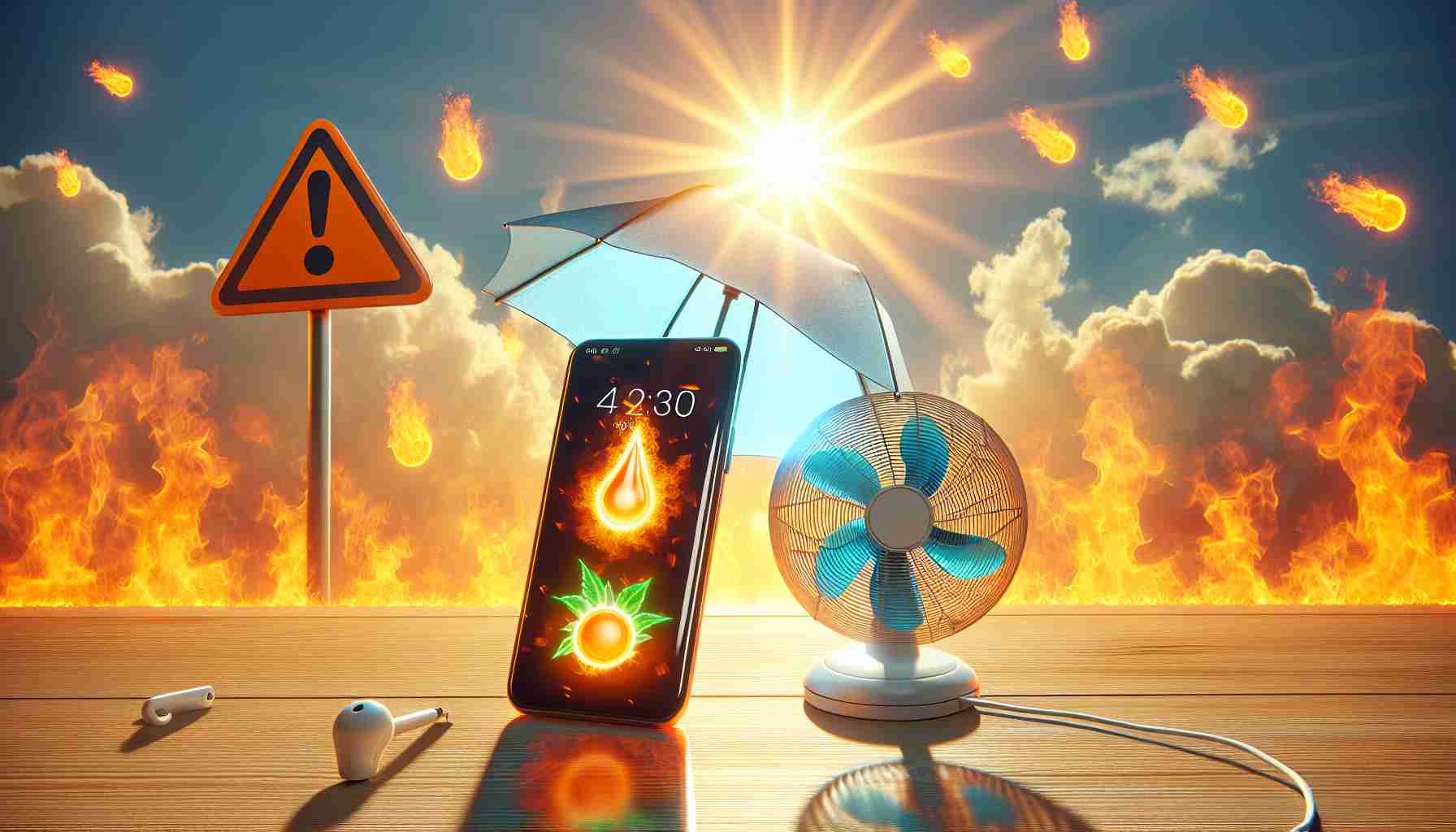As the summer temperatures continue to rise, smartphone users are facing a growing challenge in ensuring their devices stay cool and functional. Different phone brands have varying temperature thresholds for optimal performance, with some like Apple and Samsung preferring temperatures between 0°C to 35°C, while others like Xiaomi can handle up to 40°C.
To safeguard your phone during heatwaves, it is crucial to take proactive measures. Avoid direct sunlight exposure by keeping your phone shaded, especially during the peak heat hours of the day. Using a protective case that offers thermal insulation can also aid in preventing overheating. Additionally, refraining from leaving your phone in a hot car, switching to airplane mode when not in use, and ensuring software updates are current are effective strategies to mitigate heat-related issues.
It’s imperative to be mindful of the consequences of smartphone overheating, as it can significantly impact device performance and longevity. When a phone reaches extreme temperatures, its processor may throttle to reduce heat, resulting in slower app launch times and decreased overall responsiveness. Furthermore, prolonged exposure to high temperatures can accelerate chemical reactions in the battery, leading to reduced capacity and potential safety hazards such as leaks or explosions.
By implementing these preventative measures and prioritizing regular temperature monitoring and cooldown breaks, smartphone users can mitigate the risks associated with overheating and prolong the lifespan of their devices in the sweltering summer heat.
Additional Facts:
– Overheating can also affect the internal components of a smartphone, such as the camera, display, and other sensitive parts, potentially causing malfunctions or permanent damage.
– Some modern smartphones come equipped with built-in cooling systems or features to help regulate temperature and prevent overheating.
Key Questions:
1. What are the most common causes of smartphone overheating during the summer?
2. How can users check the temperature of their smartphone to ensure it is within safe limits?
3. Are there any specific apps or tools that can help prevent overheating and monitor temperature levels?
Key Challenges and Controversies:
– Balancing the need for smartphone performance with the risk of overheating can be a challenge for manufacturers.
– There may be debates over whether certain protective measures, such as thermal cases, are truly effective in preventing overheating.
Advantages:
– Preventing smartphone overheating can help maintain device performance and longevity.
– By taking proactive measures, users can avoid potential safety hazards and costly repairs associated with overheating damage.
Disadvantages:
– Some protective measures, such as limiting usage or keeping the phone in airplane mode, may inconvenience users who rely heavily on their devices.
– Over-reliance on software-based solutions to prevent overheating may not always be effective in extreme heat conditions.
Related Links:
– Consumer Reports
– Wired
